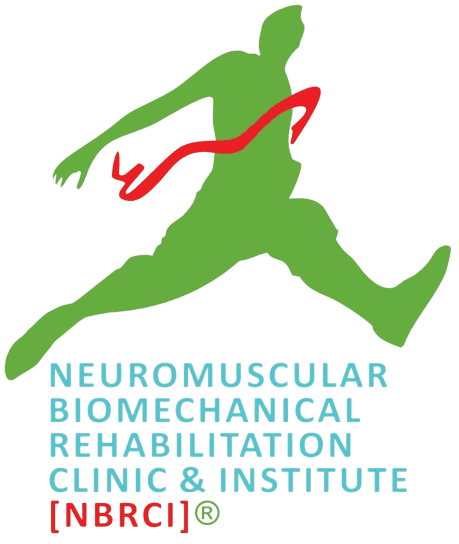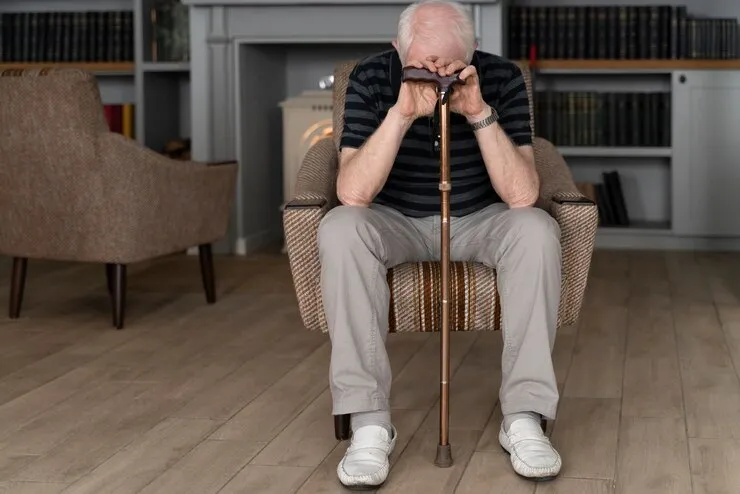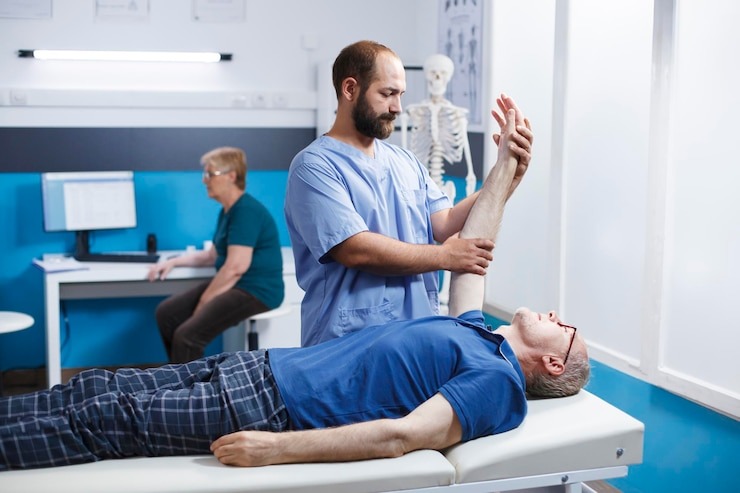What You Need to Know About Balance Issues in Older Adults
As we age, maintaining physical stability becomes increasingly important for overall health and safety. Balance issues in older adults are not just common—they’re a major cause of falls, injuries, and loss of independence. At NBR Clinic, under the expert guidance of Dr. Riaz Ahmed, we understand the complexities behind balance problems and provide comprehensive, customized care to address them.
In this blog, we’ll explore what causes balance issues in the elderly, how to recognize the signs, and what steps can be taken to prevent and manage them effectively.
Why Balance Issues Matter in Older Adults
Balance disorders are one of the most common reasons older adults seek medical attention. According to research, nearly one in four adults over 65 experiences a fall each year, often leading to serious injuries like fractures or head trauma. These incidents can also trigger a fear of falling, which may cause seniors to limit their activities—leading to further decline in strength and mobility.
At NBR Clinic, our mission is to help seniors stay active, independent, and safe. Understanding and addressing the root causes of balance problems is essential to achieving this goal.
Common Causes of Balance Problems in the Elderly
There are multiple factors that contribute to balance issues in older adults. Here are the most frequent causes:
- As we grow older, our muscles weaken, joints stiffen, and reflexes slow down. These natural changes can affect a person’s ability to maintain balance and respond quickly to prevent falls.
- The vestibular system, located in the inner ear, plays a vital role in balance. Conditions like Benign Paroxysmal Positional Vertigo (BPPV), labyrinthitis, or Meniere’s disease can disrupt this system and lead to dizziness and unsteadiness.
- Eyesight is critical for spatial orientation and depth perception. Cataracts, glaucoma, or macular degeneration can impair vision, making it harder to navigate stairs, uneven surfaces, or low-light areas.
- Diseases such as Parkinson’s, stroke, or multiple sclerosis can interfere with the brain’s ability to control body movements and coordination, significantly increasing fall risk.
- Certain medications—especially sedatives, blood pressure drugs, and antidepressants—can cause side effects like dizziness, lightheadedness, or low blood pressure, all of which affect balance.
- Arthritis, osteoporosis, and other bone or joint conditions may lead to pain and stiffness, affecting posture and gait stability.
Signs and Symptoms to Watch For
Recognizing the signs of balance issues in older adults at an early stage can be crucial in preventing serious falls and injuries. Some of the most common warning signs include frequent stumbling or tripping, feeling dizzy or lightheaded, and experiencing a persistent sensation of spinning or swaying. Many older adults may find it difficult to stand or walk without support, often relying on furniture, walls, or another person for stability. In some cases, a recent history of falls or near-falls can indicate a worsening balance condition that requires immediate attention.
Diagnosing Balance Issues
At NBR Clinic, we offer advanced diagnostic services to identify the cause of your balance problems. Dr. Riaz Ahmed takes a multidisciplinary approach, which may include:
- Physical examinations
- Gait and posture analysis
- Hearing and vision tests
- Neurological evaluations
- Vestibular assessments
This holistic evaluation helps in creating a personalized treatment plan for each patient.
Effective Treatments for Balance Disorders
Treatment depends on the underlying cause but typically includes a combination of the following:
- A tailored balance and strength training program can dramatically reduce fall risk. Exercises may include Tai Chi, resistance training, and posture correction techniques.
- For inner ear-related balance issues, vestibular rehabilitation therapy (VRT) helps retrain the brain to process balance signals more effectively.
- Dr. Riaz Ahmed will carefully review current medications to identify any that may be contributing to dizziness or unsteadiness.
- Using canes, walkers, or balance-enhancing footwear can offer added stability and prevent falls in high-risk environments.
- Ensuring proper hydration, vitamin D, and calcium intake supports bone health and muscle function, both essential for maintaining balance.
Fall Prevention Tips for Older Adults
Preventing falls in older adults starts with simple home and lifestyle adjustments. Remove tripping hazards like loose rugs, cords, and clutter. Install grab bars in bathrooms and railings on stairs for extra support. Use non-slip mats in showers and ensure good lighting throughout the home. Wear properly fitted shoes with good grip, and schedule regular eye exams to maintain clear vision. Most importantly, engage in daily exercises that improve strength, flexibility, and balance. At NBR Clinic, Dr. Riaz Ahmed recommends these steps as part of an effective fall-prevention plan.
How NBR Clinic Can Help
At NBR Clinic, we prioritize preventive care and early intervention. Under the supervision of Dr. Riaz Ahmed, our team offers evidence-based treatments tailored to your individual needs. Our goal is to help you regain control, confidence, and freedom in your daily life.
Whether you are experiencing occasional dizziness or frequent falls, we encourage you to book a balance assessment at NBR Clinic. Early action can prevent complications and greatly improve your quality of life.
To Book Appointment or get consultation you can contact on Facebook or Instagram.
Find expert care and updates—visit NBR clinic !








